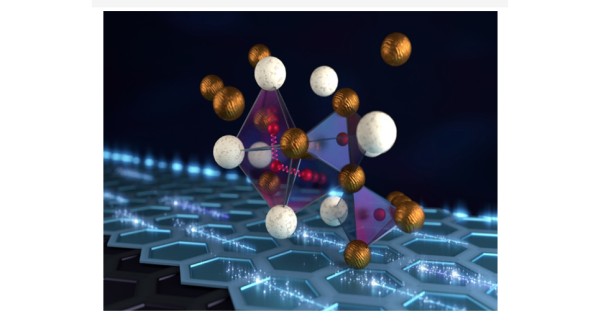Anomalous hydrogen-hydrogen distances in metal hydrides

Scientific Achievement
Low energy vibrational features in ZrV2H4 reveal the presence of anomalous hydrogen-hydrogen (H-H) distances as short as 1.6 angstroms, much less than the decades old conventional limit in metal hydrides of 2.1 angstroms.
Significance and Impact
This work shows that the short H-H distances associated with near room temperature superconductivity in metal-hydrides at megabar pressures can actually be thermodynamically stable at ambient pressure.
Research Details
- Inelastic neutron scattering from ZrV2Hx showed an unexpected peak around 50 meV with anomalous temperature dependence.
- Density Functional Theory (DFT) calculations of ZrV2H4 using the TITAN supercomputer showed that the spectral weight near 50 meV only arises for H-H distances < 2 Å
"Inelastic neutron scattering evidence for anomalous H–H distances in metal hydrides,"
Andreas Borgschulte, Jasmin Terreni, Emanuel Billeter, Luke Daemen, Yongqiang Cheng, Anup Pandey, Zbigniew Łodziana, Russell J. Hemley, and Anibal J. Ramirez-Cuesta,
Proceedings of the National Academy of Sciences, Feb 2020, 117 (8) 4021-4026; DOI: 10.1073/pnas.1912900117





